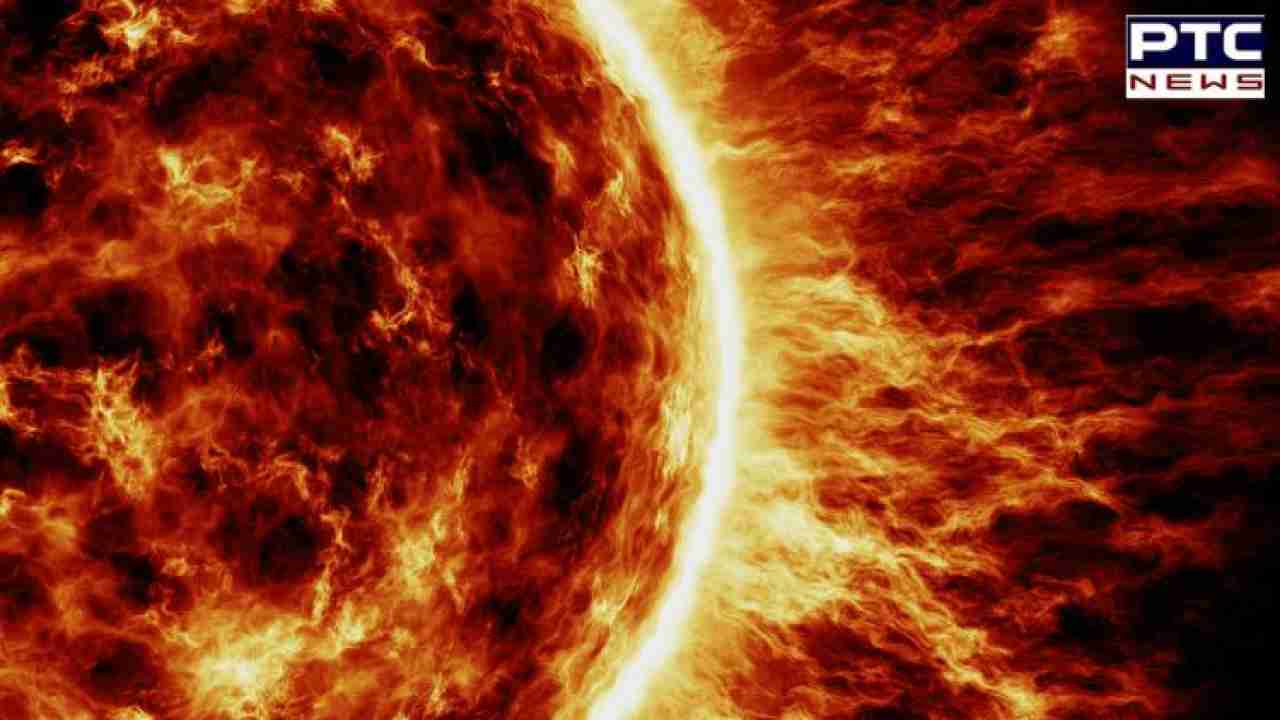

Solar storm expected today: Potential for auroras and power interruptions
PTC News Desk: The National Weather Service's Space Weather Prediction Center (SWPC) has issued a Geomagnetic Storm watch for Earth on Sunday, September 3. While this storm, classified as G-1, is expected to be relatively mild, it may still bring about some captivating aurora displays and cause minor disruptions in electrical grids, navigation systems, and communication networks.
On September 2, Earth experienced the onset of a minor G1-class geomagnetic storm, driven by a high-speed stream of solar wind. However, it's important to note that this storm is distinct from two Coronal Mass Ejections (CMEs) currently heading towards Earth. One CME was associated with a filament eruption that departed from the sun on August 30, while another was launched on September 1.
_b02676c3690a6c4abce7005b6141fc5c_1280X720.webp)
The arrival of these CMEs on September 3 could potentially extend and intensify the existing storm, possibly elevating it to a G2 category storm.
The NOAA Space Weather Twitter account reported, "A G1 Watch is in effect for the 3 Sep UTC-day. A CME erupted from the Sun on 30 Aug, and it is likely arrival at Earth will occur, with G1 storm levels probable as early as the evening of 2 Sep EDT (3 Sep UTC-day)."
Coronal Mass Ejections (CMEs) are massive discharges of plasma and magnetic field from the Sun's corona. They can expel billions of tons of coronal material and carry a magnetic field stronger than the background solar wind interplanetary magnetic field (IMF) strength. CMEs travel outward from the Sun at speeds ranging from less than 250 kilometers per second (km/s) to nearly 3000 km/s.
In contrast, a geomagnetic storm refers to disruptions in Earth's magnetic field caused by solar emissions. These storms are categorized on a scale from G1 to G5, with G1 being the mildest and occurring relatively frequently, often multiple times each month. While a G1 geomagnetic storm is not likely to pose a direct threat to life on Earth, it can impact power grids and affect certain satellite functions, including those used for GPS systems and mobile devices.
G5 storms are the most intense but are rare occurrences. The Carrington Event of 1859 is a notable example of an extreme solar storm that caused significant disruptions on Earth. During such events, charged solar particles can potentially damage spacecraft electronics, disrupt GPS signals, and even lead to power grid failures. In the case of the Carrington Event, telegraph clerks reported sparks flying off their machines, setting documents ablaze.
_e8472c93a869deaaafdb32543bc38513_1280X720.webp)
As we monitor the development of this solar storm, it serves as a reminder of the Sun's powerful influence on our technological infrastructure and the importance of preparedness in the face of space weather events.
Also Read: Rare 'super blue moon' event to grace the skies today: Here's how to see it
- With inputs from agencies
